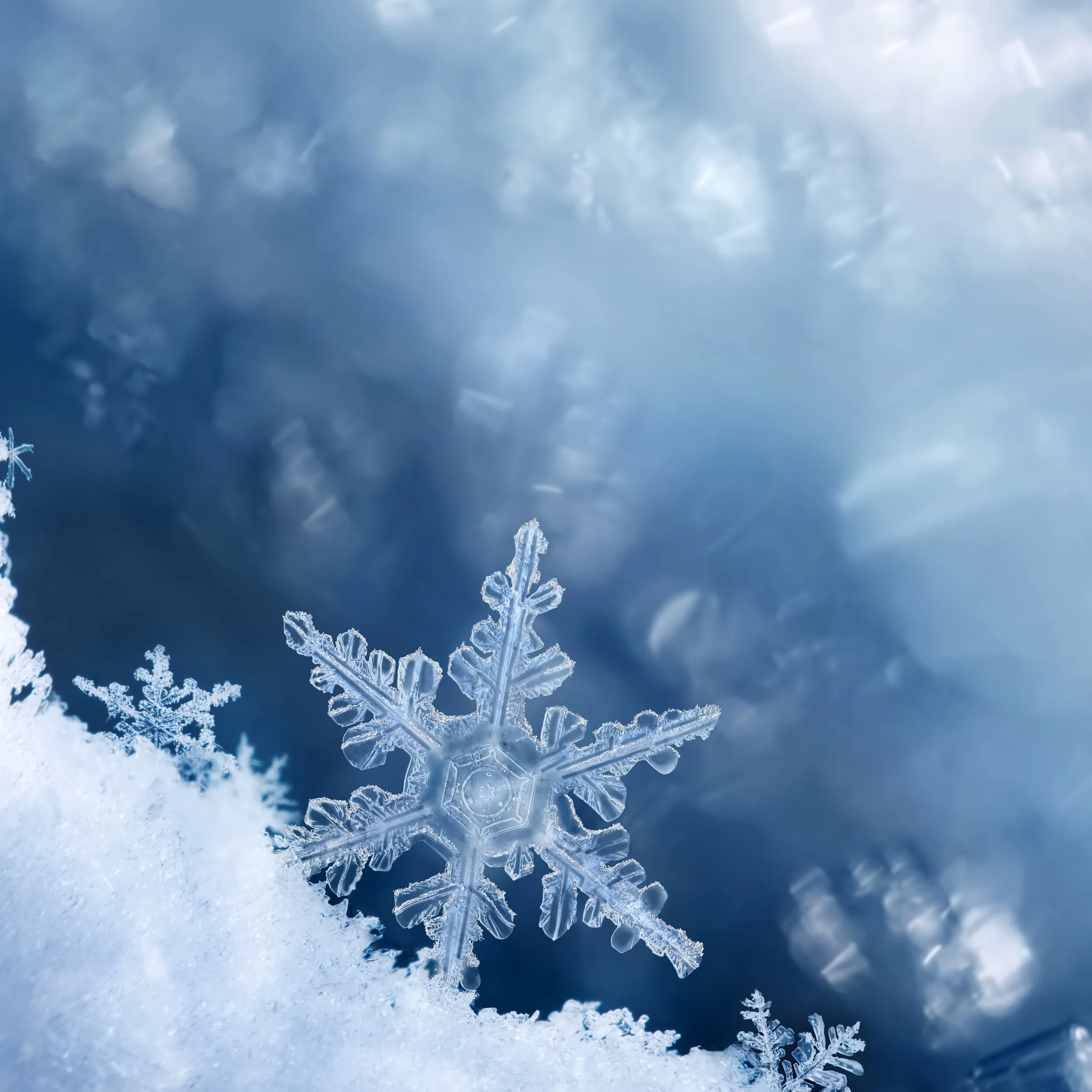The majority of warts have a very distinct appearance, looking like little rough bumps usually round in shape and less than one centimetre wide.
However, one type of wart which can often be confused with a skin tag is the filiform wart. The filiform wart is caused by a subtype of the HPV virus. More than 70 subtypes of the HPV virus are known, each causing different types of warts on different parts of the body.
Read More





